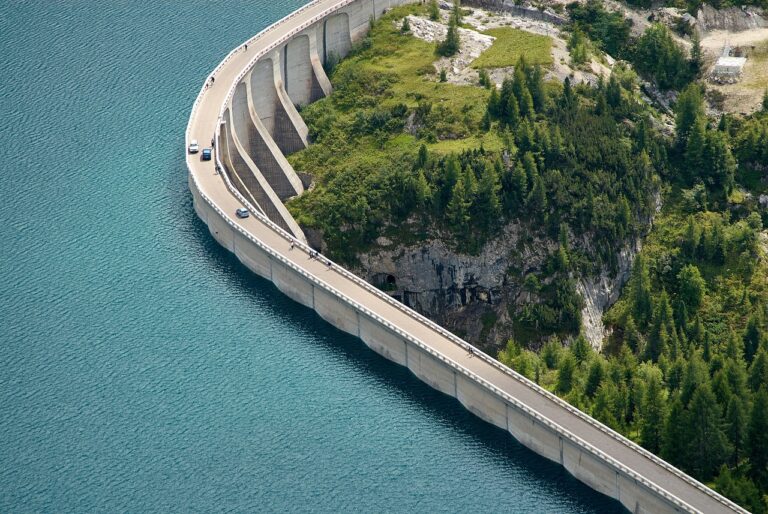Hydroelectric energy is a form of alternative energy that is obtained from rivers and lakes through penstocks that exploit the movement generated by the falling water masses.
The natural motion of water courses, in fact, produces kinetic energy. Thanks to special systems equipped with a turbine and alternator, it is transformed into electricity. A diffuser and a return tank represent the final part of a hydroelectric power plant.
Hydroelectric energy is now considered a form of clean and renewable energy. In fact, it is not responsible for harmful emissions into the atmosphere. Also, it is not subject to exhaustion, which is why it is one of the most advantageous energy sources.
However, although its environmental impact is quite low, hydroelectric power plants can also generate countless disadvantages for the environment as well as a hydrogeological risk of built-up areas.
Table of Contents
The main advantages of hydroelectric energy
Hydroelectric energy is one of the main forms of renewable energy capable of replacing the exploitation of fossil fuels.
In addition to this, the main advantages related to the exploitation of hydroelectric energy are:
Reclamation of marshy areas
Hydroelectric power plants make it possible to protect swampy areas and remove the danger of flooding thanks to the containment of waterways by means of dams.
In areas with high rainfall, these make it possible to release controlled quantities of river water, regulating the jet in a constant and regular way.
Cleaning and cooling of rivers
The rake of the hydroelectric power plant ensures adequate cleaning and navigability of the waterways by retaining branches and trees.
Irrigation
Thanks to hydroelectric plants, it is possible to have water reserves even in periods of drought, ensuring a continuous source of electricity.
Cost containment
The production of energy through hydroelectric plants has rather low costs. This is dictated by particularly advantageous and economic maintenance and operating costs, especially when compared to those of nuclear or coal plants.
If, on the one hand, the initial investment for the construction of a hydroelectric plant may apparently be high, hydroelectric power plants ensure a continuous availability of raw material over time for free.
Hydroelectric power, what are the disadvantages
Although, as we have seen, hydroelectric energy is particularly beneficial for the environment, it has some negative aspects. The main disadvantages of hydroelectricity are:
Environmental changes
The total dependence on atmospheric agents makes the operation of hydroelectric plants rather sensitive to climate changes and to changes in weather conditions, exposing them to high risks in a period of prolonged drought.
The construction of dams and penstocks, in addition to causing disfigurement of the environment, also triggers possible environmental changes. These may have a particular impact on flora and fauna.
Especially near rivers, the construction of the plants generates the disappearance of some species of fish. In particular, salmons, which are unable to deposit their eggs during migration.
The noise of the system also generates the transfer of local inhabitants and native species. They in fact tend to move away, contributing to the alteration of ecosystems and the landscape.
Presence of chemicals
In addition to representing a danger to natural habitats, hydroelectric plants can also damage those of river beds due to the low levels of oxygen dissolved in the water.
Furthermore, dams can cause coastal erosion by preventing the transport of solid materials such as gravel and sand.
Is hydroelectric energy a valid resource?
In conclusion, therefore, it can be said that the exploitation of water resources can represent an advantageous solution on which to invest in order to safeguard the health of the Planet and for the production of clean energy.
However, precisely because of the disadvantages associated with the construction of hydroelectric plants, it is necessary to know how to wisely combine technological progress and attention to the surrounding environment to ensure that hydroelectric energy becomes a valid resource for humanity.
Read also: What is the Waveline Magnet: one of the best inventions for cheap and clean energy












